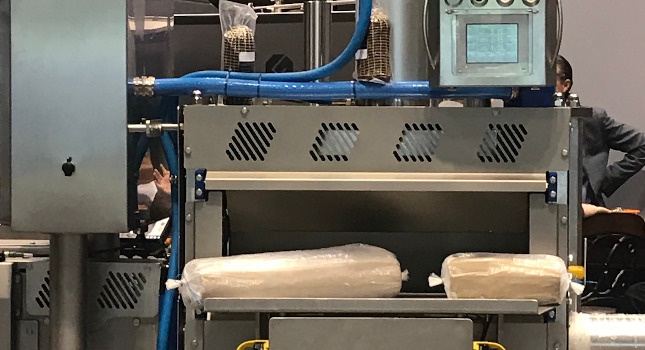Data integrity with electronic batch records
Electronic batch records (EBRs) can improve record-keeping by making it more automated and removing the human element from the equation.
Learning Objectives
- Record-keeping in life sciences and manufacturing are critical.
- Electronic batch recording (EBR) systems enhance data integrity and speeding up the batch release process.
- EBR can improve traceability and safety in the food and beverage industry.
Record-keeping in the life sciences industry is just as crucial as manufacturing high quality products. The regulations, such as FDA 21 CFR Parts 210 and 211, dictate the required records a life sciences manufacturer must produce and maintain, as well as the requirements around data and record integrity. The old adage “say what you do, do what you say, and prove it” rings true.
Among the myriad records created in the industry, the master production and control record and the associated batch production and control records are particularly important. The master production and control record (often abbreviated as MPR) is the blueprint for the manufacture of a drug product and is unique to each formulation, batch size, and packaging method of the product. The batch production and control records (often abbreviated as BPR) describes how a batch of drug product was manufactured.
Electronic recordkeeping methods via 21 CFR Part 11
With the advent of computerized systems in manufacturing, the FDA and other regulators allowed manufacturers to use electronic recordkeeping methods, if they followed certain rules. The FDA encapsulated these rules in the regulations as 21 CFR Part 11. If Part 11 is followed, electronic records and electronic signatures are considered equivalent to paper records and handwritten signatures.
This regulatory acceptance of e-records and e-signatures created a pathway for drug companies to implement electronic batch recording (EBR) systems.
Systems across the entire Purdue Enterprise Reference Architecture were connected, enabling master data to be converted into instructions for the manufacturing equipment to execute and allowing production data to be captured electronically, which digitized the BPRs.
EBR systems remove the (error-prone) humans from the record-keeping equation, enhancing data integrity and speeding up the batch release process. Quality assurance (QA) personnel are no longer needed to parse binders full of paper prior to signing off on a batch of drug product. As the systems matured and confidence was gained, batches could be released by exception: only deviations from standard procedures needed to be reviewed prior to batch release.
EBR for food and beverage industry, other applications
Other industries can reap the benefits of electronic batch records. For example, traceability is important in the food and beverage industry. It is imperative for manufacturers produce goods that contain allergens alongside an allergen-free version of the product in the same facility. Rigorous traceability controls are required to ensure no potentially deadly allergens make it into the allergen-free product. An EBR system integrated to the production equipment will enforce that the correct raw ingredients and packaging materials are used for a specific batch of product.
This is just one example of how an EBR system can be leveraged in non-regulated industries. Any situation in which human error or paper record-keeping is at play is a potential use case for EBRs. While the upfront capital costs are high, there are enough potential efficiencies to ensure a healthy ROI for any industry.
Bryon Hayes, director of life sciences, Grantek. Edited by Chris Vavra, web content manager, Control Engineering, CFE Media and Technology, cvavra@cfemedia.com.
MORE ANSWERS
Keywords: process manufacturing, electronic batch recording
CONSIDER THIS
What other ways could EBR help a manufacturing plant?
Do you have experience and expertise with the topics mentioned in this content? You should consider contributing to our CFE Media editorial team and getting the recognition you and your company deserve. Click here to start this process.


